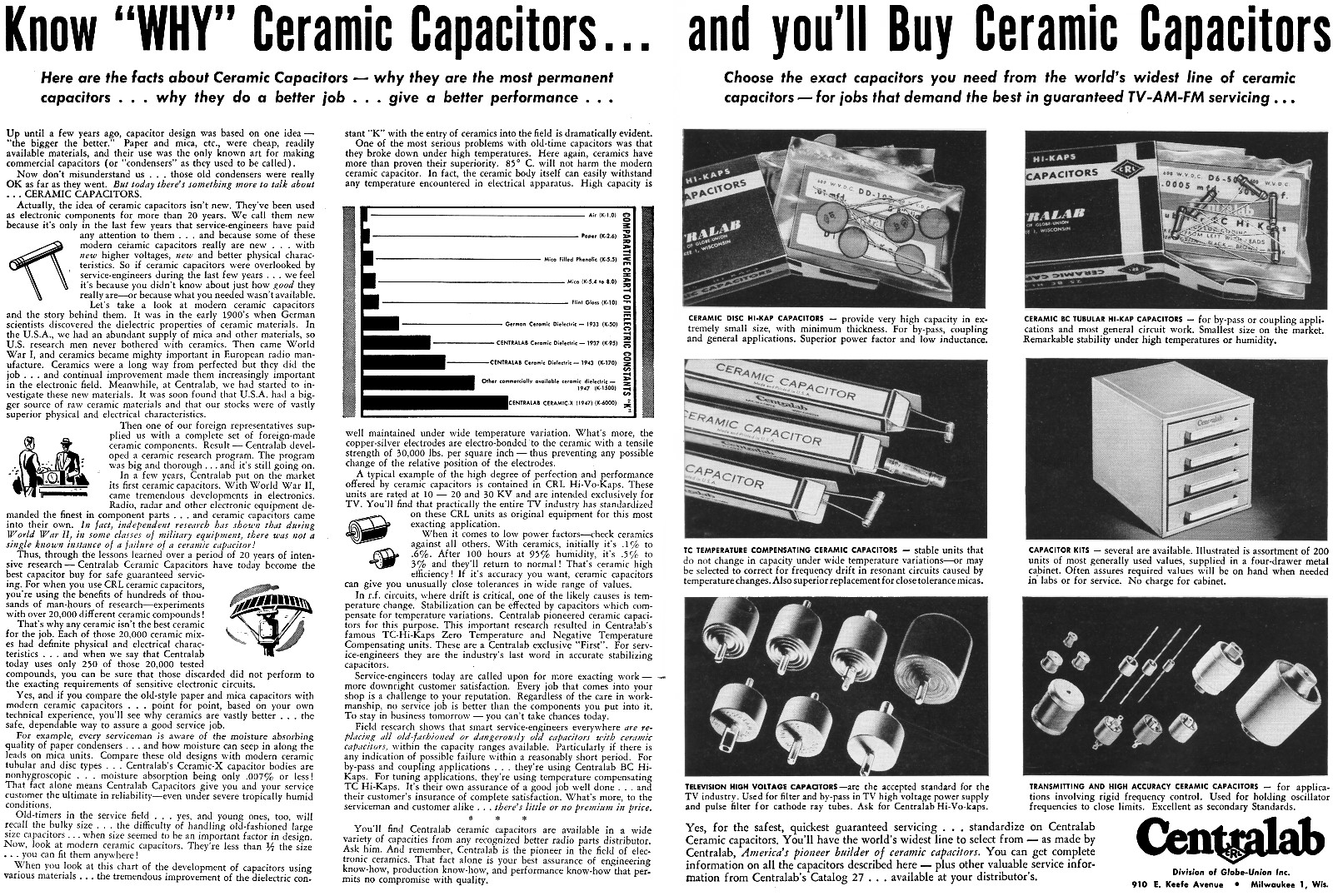Class 3 ceramic capacitors are barrier layer capacitors which are not standardized anymore.
Ceramic capacitor typical tolerance.
Active 4 years 1 month ago.
In comparison certain ceramic capacitors can have tolerances of up to 20.
Tolerance of a ceramic capacitor.
They are manufactured with a wide range of working voltages and tolerance values.
Normally the tolerance of a capacitor is given in terms of the percentage tolerance expressed as nn.
The capacitor as with any other electronic component comes defined by a series of characteristics.
A ceramic capacitor is a capacitor which uses a ceramic material as the dielectric.
Class 1 and class 2.
This is much better than practically all other types of capacitors.
Ceramic tube capacitor the typical style of ceramic capacitors in the 1950s and 1970s.
There are two classes of ceramic capacitors available today.
Code tolerance b 0 1 pf c 0 25 pf d 0 5 pf f 1 g 2 j 5 k 10 m 20 z.
Common types include c0g np0 x7r y5v z5u although there are many more.
They are made in the range of 1pf up to several microfarads µf but do not have the very high capacitance values as electrolytic capacitors.
A ceramic capacitor is a fixed value capacitor where the ceramic material acts as the dielectric.
Ceramic capacitors have high capacitance values for their size.
For components used in applications where better tolerances are required there are many with tolerances of 1 and 2 and occasionally better.
Ask question asked 5 years 1 month ago.
Capacitor ratings aren t all that precise but you can at least work out how imprecise the ratings are by deciphering the following letter tolerance codes.
Their capacitance changes little over time.
The minimum tolerance for silver mica capacitor values can be as low as 1.
Nominal capacitance c the nominal value of the capacitance c of a capacitor is the most important of all capacitor.
Mica capacitors are very stable and very accurate.
Values of 5 and 10 are commonly used for coupling and decoupling applications.
These capacitor characteristics can always be found in the data sheets that the capacitor manufacturer provides to us so here are just a few of the more important ones.
Within the ceramic capacitor family there are many forms of ceramic dielectric that are used.
Characteristics precision and tolerances.
The ceramic capacitor gains its name from the fact that it uses ceramic materials for its dielectric.
Class 1 ceramic capacitors are used where high.
They can be substituted with eia class 2 y5u.
Class iii or written class 3 ceramic capacitors offer higher volumetric efficiency than eia class ii and typical change of capacitance by 22 to 56 over a lower temperature range of 10 c to 55 c.

